The European Union (EU) is Vietnam's third largest export market, with a turnover that has grown continuously over the years and is a partner with which Vietnam has always had a high trade surplus. However, according to experts, the EU Green Deal will lead to significant changes in the requirements, regulations, conditions, and procedures that the EU applies to many types of foreign goods imported into this region, thereby creating many challenges for Vietnamese export enterprises.
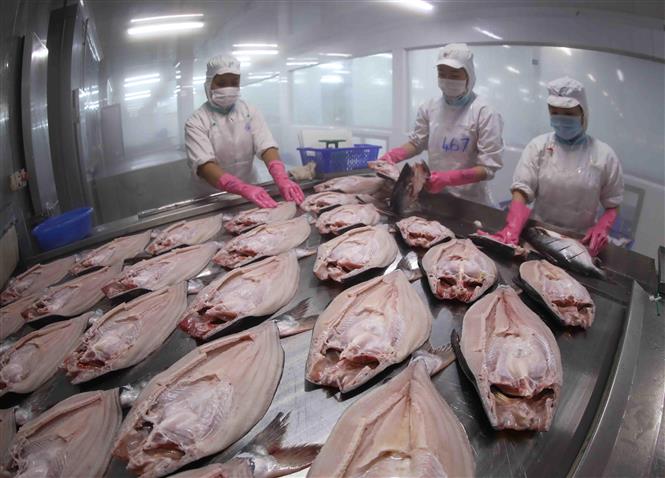
The Vietnam – EU Free Trade Agreement (EVFTA) has taken effect since August 1, 2020, making it easier for Vietnamese goods to penetrate the EU market. According to the latest data from the General Statistics Office, in 2023, Vietnam’s trade surplus with the EU is estimated at 29.1 billion USD.
Given the nature and scale of the EU market, maintaining the stability and sustainability of export activities to the EU is very important for the future development of many Vietnamese manufacturing and export industries, and consequently the income prospects of millions of workers participating in production and export chains of related products.
However, according to experts, the EU Green Deal, along with specific policies, actions and plans in many areas, are leading to and will lead to significant changes in the requirements, regulations, conditions and procedures that the EU applies to many types of foreign goods imported into this region. Therefore, Vietnamese exports to the EU market are also facing challenges and opportunities from the trend of strengthening the EU's green standards.
A quick survey conducted by the Vietnam Federation of Commerce and Industry (VCCI) in August showed that 88-93% of respondents had never known or had only heard about EGD or the EU's outstanding green policies related to Vietnamese exports.
In particular, the rate of businessmen, staff and workers in enterprises who know about EGD is only 4%, much lower than other survey groups (8-12%).
Up to now, with the green policies in EGD, Vietnam's export product groups are forecasted to be most strongly affected by the green transition process in the EU market in the coming time, including 7 product groups: electricity, electronics, information technology, machinery and equipment, related components; agricultural products, aquatic products, wood and wood products; food of all kinds (especially organic food); textiles, footwear; chemicals, fertilizers, batteries, accumulators; iron, steel, aluminum, cement; packaging of all kinds of products.
The challenge that EGD poses to Vietnam's exports lies first of all in changing and raising awareness of businesses, associations and related entities.
As a comprehensive policy package with a very long roadmap, the EGD and the policies and measures to implement this agreement are not only numerous and complex in nature, but also continuously evolving over time.
At the same time, there is no common set of green standards, no unified green transition roadmap for all types of goods exported to the EU.
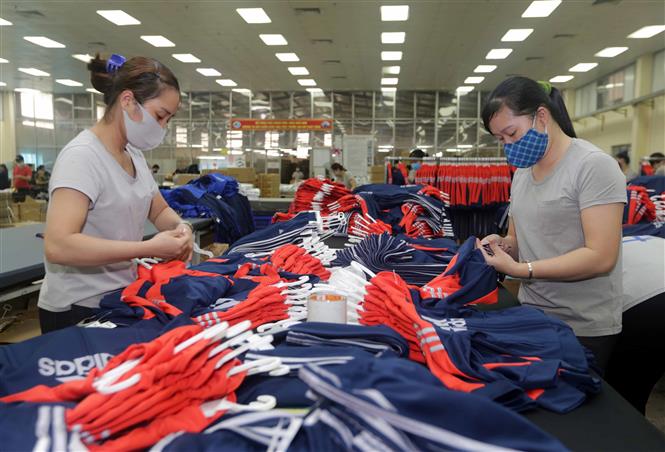
Impact directions of the EU Green Deal on Vietnam's exports
According to the report "EU Green Deal and Vietnam's Exports - The Case of Agricultural, Food and Textile Sectors" by VCCI, this agreement may affect Vietnam's exports in the following main ways:
Increasing “green, sustainable” standards for exported goods: The review shows that most of the policies, plans and actions implementing the Green Deal affect Vietnamese exports to this market through increasing green standards for goods in different ways, for example, adding new standards, technical regulations (TBT) and/or food safety and phytosanitary (SPS) associated with the “green, sustainable” goal (for example, new regulations on eco-design, methods of labeling/labeling organic goods, product passports, etc.).
Increasing financial responsibility of producers to contribute to “green, sustainable” goals: Although not common, some policies and actions within the framework of the Green Deal require Vietnamese producers and exporters to pay additional amounts (directly or indirectly in different forms) to be able to export goods to the EU, for example: the amount payable under the Extended Producer Responsibility Regulation (EPR): Producers of manufactured products (except for some types of products) may have to pay a certain fee to the importing country to handle waste arising from the use of the products they export.
And increase the procedures for declaring and providing information on the “green, sustainable” elements of products: Some new requirements under the policies and plans in the EU Green Deal will force Vietnamese manufacturers and exporters to carry out declaration procedures, provide information and documents to demonstrate green responsibility, for example: procedures for reporting the CO2 emission level of imported goods under the Carbon Border Adjustment Mechanism - CBAM.
In addition to the ways of impacting Vietnamese export goods as recorded from the measures that the EU has or plans to apply clearly as mentioned above, it is not excluded that in the future, with policies and legal measures that will be developed, drafted and adopted by EU agencies and EU member countries to implement the goals of the Green Deal, Vietnamese exports will also be affected by the Green Deal through other channels and methods./.
Ly Ly








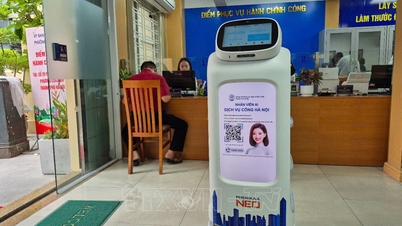



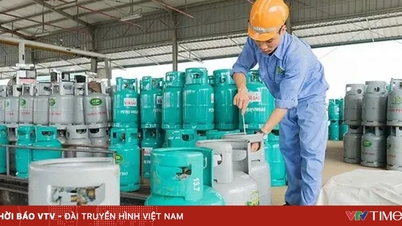

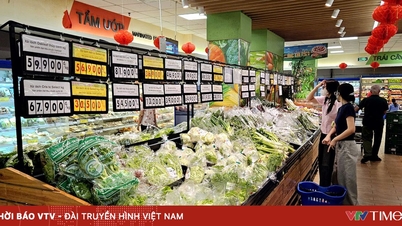
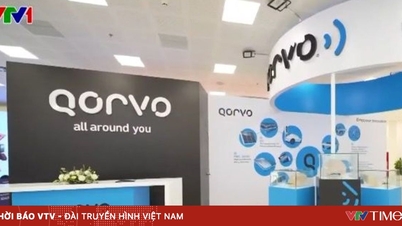





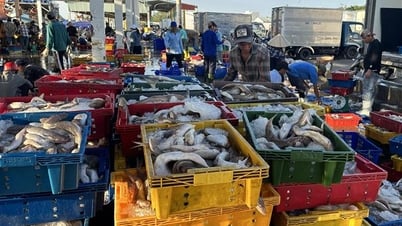

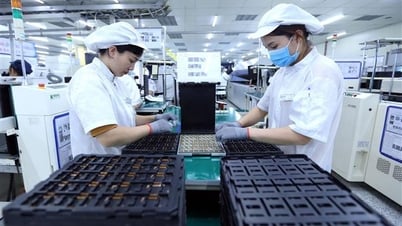
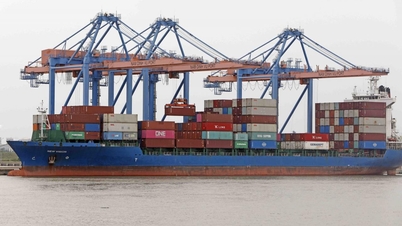
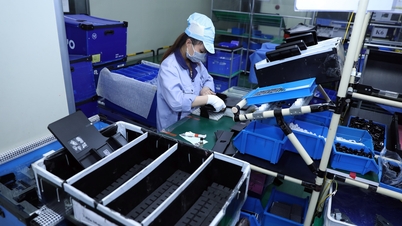
![[Photo] President Luong Cuong receives President of the Cuban National Assembly Esteban Lazo Hernandez](https://vphoto.vietnam.vn/thumb/1200x675/vietnam/resource/IMAGE/2025/9/30/4d38932911c24f6ea1936252bd5427fa)

![[Photo] Panorama of the cable-stayed bridge, the final bottleneck of the Ben Luc-Long Thanh expressway](https://vphoto.vietnam.vn/thumb/1200x675/vietnam/resource/IMAGE/2025/9/30/391fdf21025541d6b2f092e49a17243f)





















































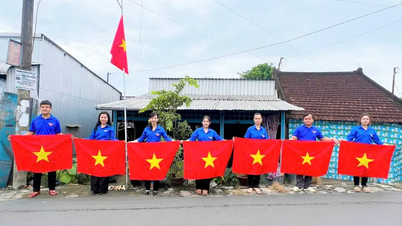
















Comment (0)